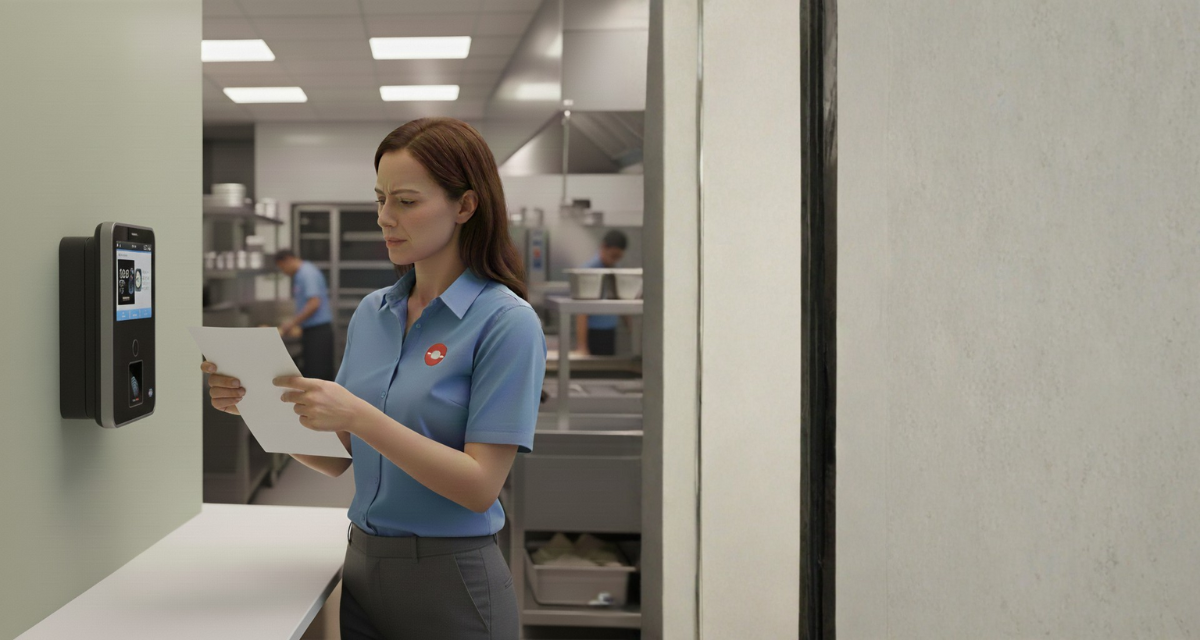Nursing Home Overtime Costs: Control Strategies That Work

Nursing homes have some of the highest overtime rates across all industries, with staff working significantly more extra hours than the average U.S. worker. In fact, a survey by AHCA/NCAL found that 99% of nursing homes have asked staff to work overtime or extra shifts. While this may be necessary to keep operations running, it doesn’t come without consequences. Overtime drives up labor costs, contributes to staff burnout, and can ultimately impact the quality of care residents receive.
That’s why controlling overtime isn’t just about reducing payroll. It’s about creating a more stable, sustainable operation. In this post, we’ll explore the common causes of overtime in nursing homes, how it affects your business, and provide practical strategies to keep overtime under control.
Why Do Nursing Homes Have Excessive Overtime?
Nursing homes often rely on overtime and extra shifts out of necessity, not strategy. These are the most common causes behind excessive overtime in senior care facilities:
Chronic understaffing and turnover
Skilled nursing professionals are always in demand, and most facilities struggle to maintain adequate staffing. Nearly every nursing home and assisted living facility in the U.S. is facing some level of staffing shortage. To fill the gaps, operators often turn to overtime and extra shifts just to keep things running.
Last-minute call-outs and absenteeism
Unexpected absences like last-minute call-outs or no-shows are another major driver of overtime. When this happens, managers need to act quickly, often asking on-duty staff to stay beyond their scheduled hours. This reactive approach leads to frequent, unplanned overtime.
Inefficient scheduling practices
When scheduling is inconsistent or lacks foresight, it creates unnecessary overtime. Ignoring staff availability, failing to plan for time off, or not using scheduling tools effectively can leave managers scrambling. Instead of spreading hours across the team, they end up relying on the same people to pick up the slack, leading to fatigue and burnout.
Inaccurate time tracking or payroll systems
Outdated or inaccurate timekeeping systems can easily lead to payroll errors. Missed breaks, overlapping shifts, or unflagged overtime hours make it difficult to manage labor costs accurately. Without visibility into who’s already worked too much, managers may unintentionally overschedule employees, causing more unplanned overtime.
The Cost of Overtime in Nursing Homes
The financial cost of overtime
Overtime pay is typically 1.5 times an employee’s regular wage, making it an expensive way to cover staffing gaps. When used regularly, it can drive payroll costs far beyond what’s budgeted, especially in facilities that rely on fixed Medicaid reimbursements. This creates financial strain and forces administrators to reallocate funds from critical areas like training, equipment, or facility improvements just to meet payroll.
The operational strain on staff
Frequent overtime takes a toll on caregivers. It leads to fatigue, stress, and eventually burnout. Nearly 40% of nurses say they’ve considered leaving their jobs because of chronic overwork and exhaustion. When staff are pushed too hard for too long, they’re more likely to resign, fueling a turnover cycle that deepens the staffing shortage. On top of that, tired staff are more prone to errors, and constant changes in caregivers disrupt the continuity of care that residents rely on.
Regulatory and compliance risks
Excessive overtime also increases the risk of compliance issues. Under the Fair Labor Standards Act (FLSA), all overtime hours must be accurately tracked and compensated. Any mistakes in timekeeping or payroll can lead to audits, fines, or even legal action. Nursing homes are also required to report staffing data through the Payroll-Based Journal (PBJ) system to CMS. High overtime levels, especially when coupled with low overall staffing, can raise concerns during inspections and affect a facility’s Five-Star Quality Rating. Inaccurate PBJ data can lead to penalties or impact reimbursement.
Proven Strategies to Control Overtime Costs
You may not be able to eliminate overtime entirely, and in many cases, you shouldn't. But nursing homes can take several practical steps to control it, reduce its impact, and build a more stable workforce.
Smart scheduling practices
Effective scheduling is one of the simplest ways to prevent overtime. Using scheduling software helps automate shift planning, reduces human error, and ensures fair distribution of hours. These systems can flag conflicts, notify you when an employee is nearing overtime, and help managers fill open shifts without relying on the same staff repeatedly.
Workforce planning and cross-training
Staffing flexibility starts with good workforce planning. By cross-training employees to take on multiple roles, such as CNAs trained in basic administrative tasks, you create a pool of versatile team members who can step in when needed.
This approach reduces dependence on overtime during high-demand periods or when last-minute call-outs occur. It also makes staffing more resilient and responsive to unexpected changes.
Data-driven staffing decisions
Analyzing historical data to predict when demand spikes (flu season, weekends, holidays). Matching staffing levels to resident acuity and census ensures that you have the right number and type of staff on duty, avoiding both understaffing and unnecessary overtime.
Incentivizing attendance and shift coverage
Offering bonuses for perfect attendance, picking up hard-to-fill shifts, or being part of a low-overtime team can encourage better coverage without defaulting to overtime. These incentives also help build a more reliable and engaged workforce.
Technology solutions that help reduce overtime costs
Technology can play a major role in managing and reducing overtime. It starts with accurate time and attendance tracking, followed by systems that let you audit hours before payroll is processed.
Platforms like Celery use AI to audit payroll before it’s finalized, helping managers catch costly errors, overtime miscalculations, and unauthorized pay items before the pay run is closed. This helps prevent payroll inflation caused by overtime abuse and adds a layer of protection.
Additionally, you can set custom alerts to align with your business policies. For example, if employees are not allowed to work more than a certain number of overtime hours per week, the system will flag any employees who exceed that limit before you close the pay run.
Overtime is a reality in senior care, but it doesn’t have to be a constant burden. With the right mix of planning, technology, and proactive management, nursing homes can reduce unnecessary overtime, protect their budgets, and support a healthier workforce. The key is shifting from reactive fixes to long-term, data-driven strategies.
.svg)



